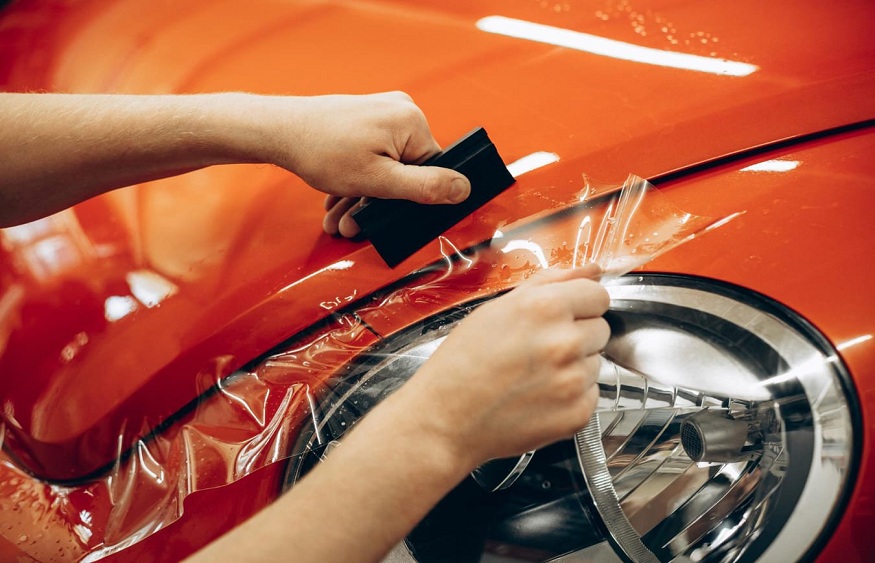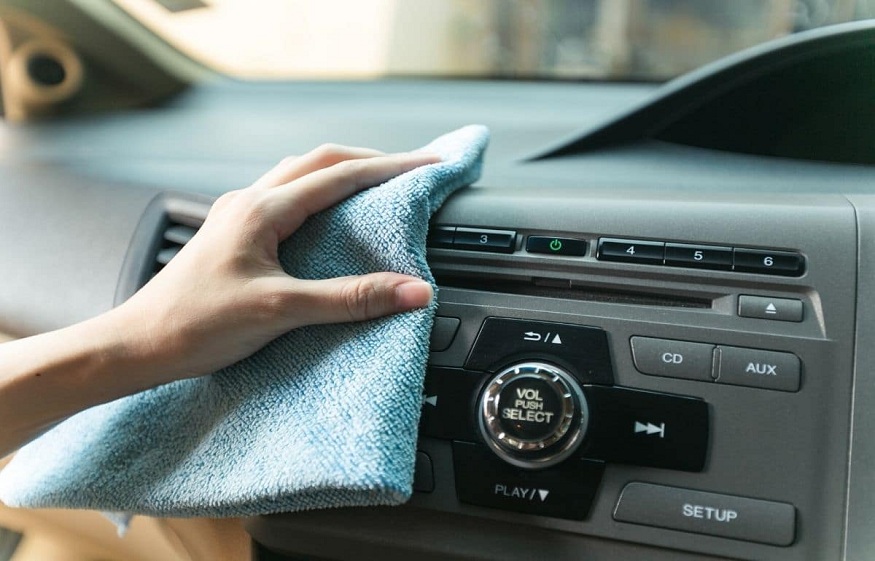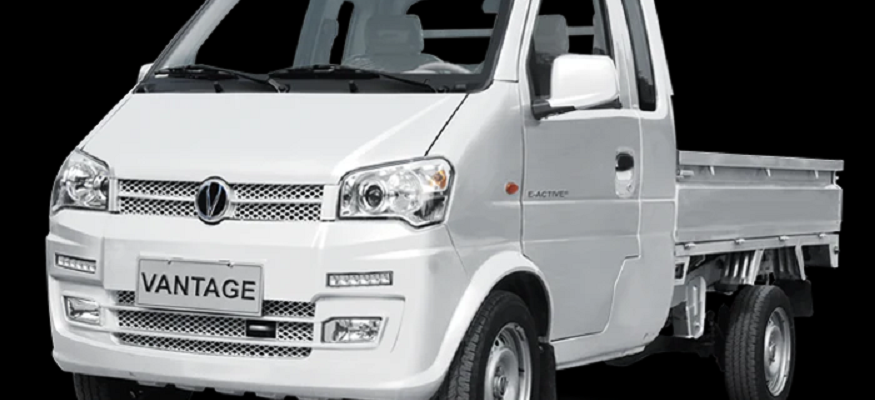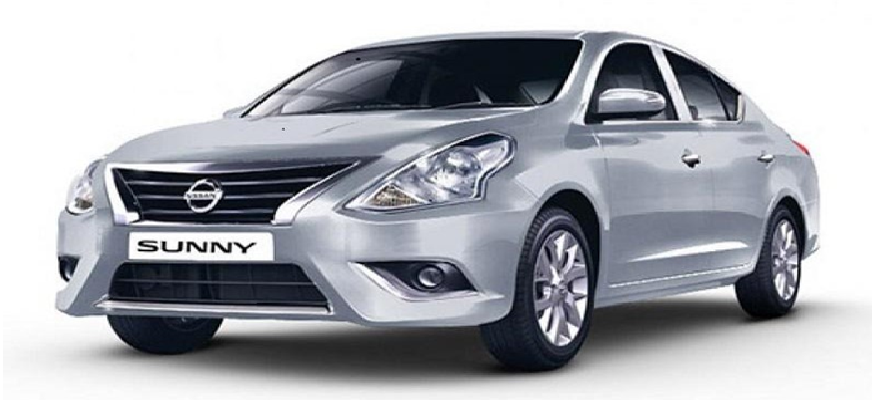Automobile enthusiasts frequently feel a strong sense of pride and attachment to their vehicles. No matter what kind of automobile you drive—a sleek sports car, a rugged off-roader, or a family sedan—you want to keep it looking as good as new for as long as possible. Purchasing Paint paint protection film is a great step in the right direction. Learn all about PPF, including how it works, how to install it, and why it’s the best option for protecting your car, in this in-depth explanation.
Paint Protection Film’s Hidden Benefits
Paint Protection Film, or PPF for short, is a game-changing car accessory that has revolutionized the way vehicles are cared for and kept in pristine condition. This multilayered thermoplastic polyurethane film is completely transparent and extremely thin. The major function of a car cover is to protect the exterior of your vehicle from a wide variety of hazards, such as:
- PPF excels in deflecting stones, gravel, and other debris that can be kicked up by vehicles in front of you. It cushions the blow, so your paint won’t get dinged up.
- Cars can get scratches from things like tree limbs, keys, and random contact with other objects. PPF acts as a protective barrier and can self-heal from superficial damage such as scratches.
- Paint can fade and deteriorate after being exposed to the sun’s harmful ultraviolet (UV) rays for an extended period. Protect yourself from the sun with high-quality PPF, which has UV stabilizers.
- Bird poop and bug remains may be harmful to your paint because of the acidity and corrosion they produce. PPF protects your paint from damage and makes cleanup easier after accidents.
- Chemical stains are caused by chemicals, pollution, and other impurities on the road. As a barrier, PPF stops these contaminants from coming into contact with the paint.
Procedure for installation
Paint Protection Film application is a precise operation that calls for experience and training. Here’s a high-level breakdown of what needs to happen:
- Surface Preparation: All dirt, debris, and pollutants are removed from the vehicle’s exterior before the PPF is applied. This guarantees a perfect submission.
- Cutting and shaping the PPF to your vehicle’s exact specifications is step two. Accuracy is essential for achieving seamless coverage.
- The PPF is attached to the exterior of the vehicle with an adhesive and heat. To avoid air bubbles and achieve a flawless, bubble-free finish, experience is essential.
- Final touches include trimming away any excess PPF and adjusting any rough edges to provide a snug and comfortable fit.
- Curing the PPF with heat is the last step since it strengthens the connection and ensures proper adherence.
The End Result: Advantages over time
Durability: High-quality PPF can survive the elements for a long time without losing its protective qualities or its good looks. Self-healing means it can repair itself from light damage, such as scratches or swirls, when heated.
Easy Maintenance: PPF requires minimal upkeep to ensure continued protection for the vehicle. To keep your car looking great, all you need to do is wash and detail it regularly. Because PPF is impervious to stains and impurities, your automobile will retain its pristine appearance no matter how severe the weather.
Increased Resale Value: Having PPF in place can considerably increase the resale value of your vehicle when the time comes to sell it. Buyers will typically pay more for a car that has been garaged and regularly serviced.






